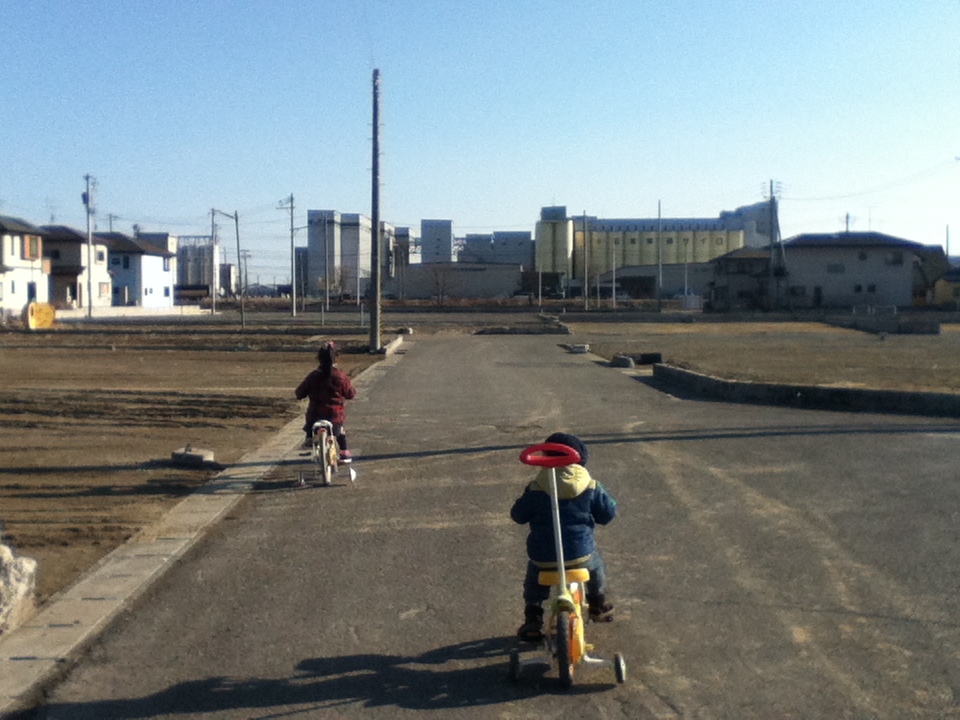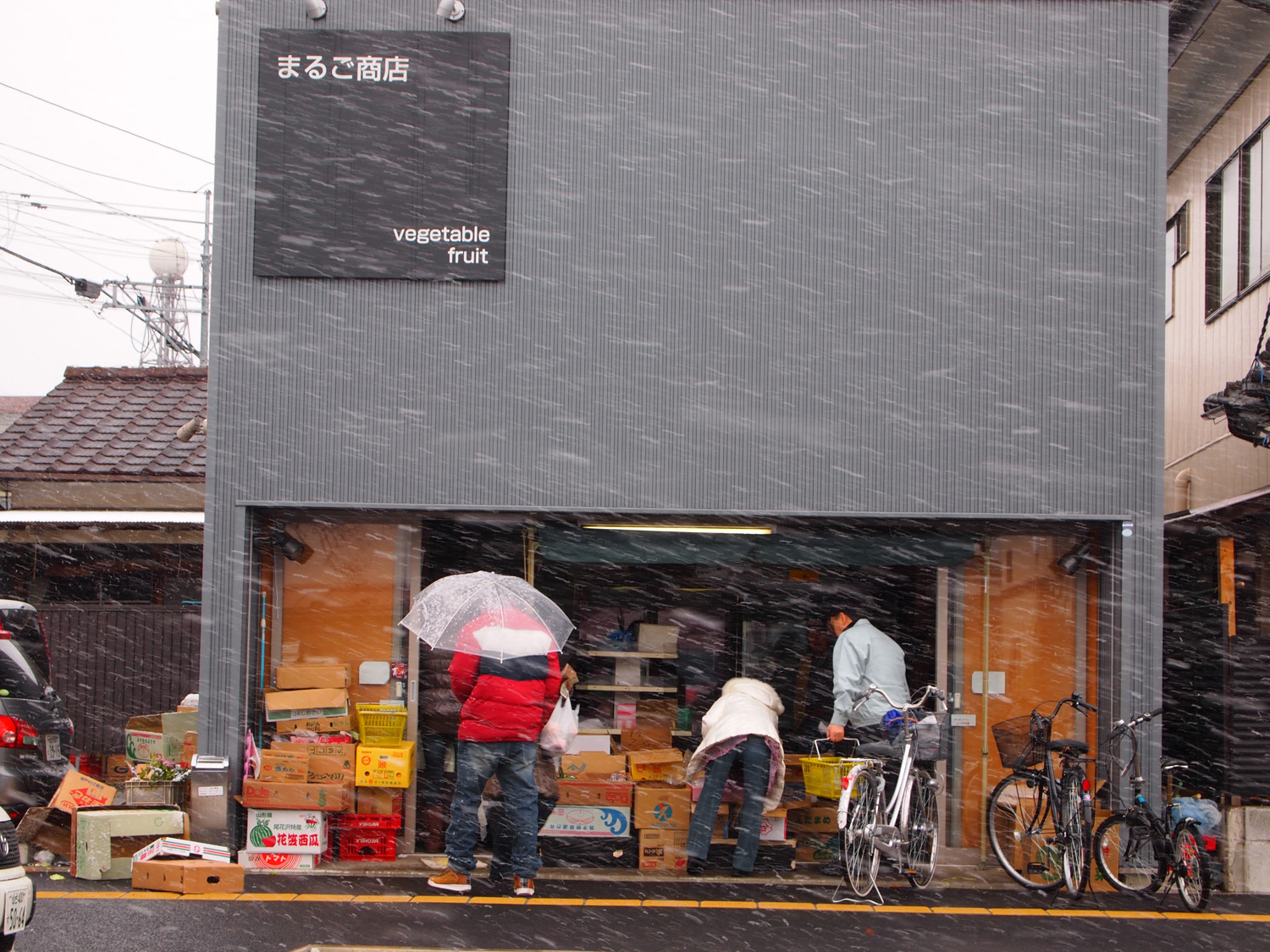The Demise of Homesteads
This article was translated by Kenzo STURM. The translation was part of an advanced Japanese language class at the University of Washington taught by Justin JESTY.
The evacuation order in Namie, Fukushima Prefecture was lifted at the end of March 2017. Together with the passage of time, I started seeing farmhouses that were surrounded by woodlands being torn down and turned into vacant lots. Now, new crushed stone is paved on top of the black dirt, and plastic rope is used to show the shape of the buildings that were once there. The odd atmosphere that emerged from the empty space where there used to be a building, made it seem like the buildings had been spirited away. The large garden, made of fine trees, is still on the south end, along with an outside faucet post with a tap, sink, and a well. The north, east, and west directions have vacant lots that are surrounded by bamboo woods and woodlands, where undergrowth has been cleanly removed. A shrine for Inari, the god of harvests, remains towards the northwestern direction as well. This is probably because both wells and shrines are places where gods live. At another homestead, even the woodlands surrounding the property had been deforested, and roots of big trees had been uprooted with heavy machinery and are now stacked on top of each other, removing the trace of just about everything.
This made me feel as if the accumulation of what had been passed down through generations had been broken off. I felt that the things that can only be cultivated in the land through the build-up of time had disappeared. The ancestral vegetation that represented the composition of the land, which supported the many birds that lived in the woodlands along with the great variety of non-native undergrowth, have been cleanly removed because of the decontamination. The snakes that were revered as gods that protected residences have lost their habitats and left from here. Rats, flies, mosquitos, and ticks have all gone somewhere else. The many bugs that lived under the leaves such as worms, crickets, and centipedes, along with the ones that lived in the buildings such as spiders and cockroaches all have disappeared. The mushrooms that grew in the bushes, along with the sheds with fungi that were used for miso and pickled vegetables have disappeared as well.
People lived throughout generations and inherited their parent’s intent for over hundreds of years. Many people have moved away from here, but it remains a nostalgic place that they call home or their parent’s home in their memory. A farming family that faced nature once lived here, and it was a place where work and life coexisted. The farming practices and village celebrations that marked the passage of seasons in villages, along with the many tools that are not being used anymore. These things that engendered the signs of “spirits” have completely disappeared, and it is all exposed now that the sun shines into and the wind blows through. Those types of scenes continue to show up here and there. Phrases such as starting over or resetting have been used to describe this reality, but it does not show the depth of their words.
Mass emigration of farming villages have been happening in the name of urban policy or disaster prevention, and I have seen and experienced the extinction of a region. The processes over the past seven years have furthered, or encouraged the policy of letting rural life die away.
Recorder/Writer: TAKAHASHI Chikao
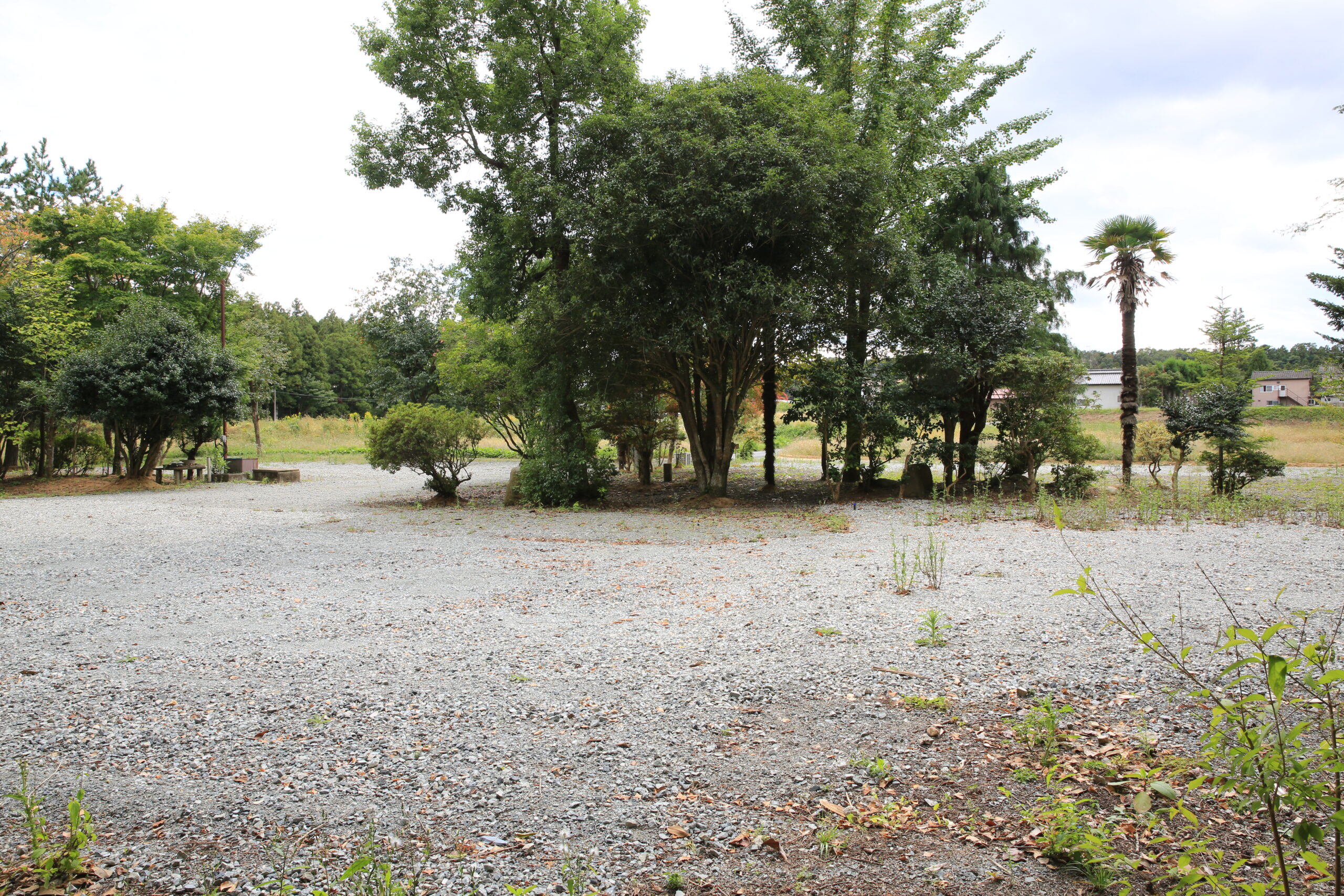
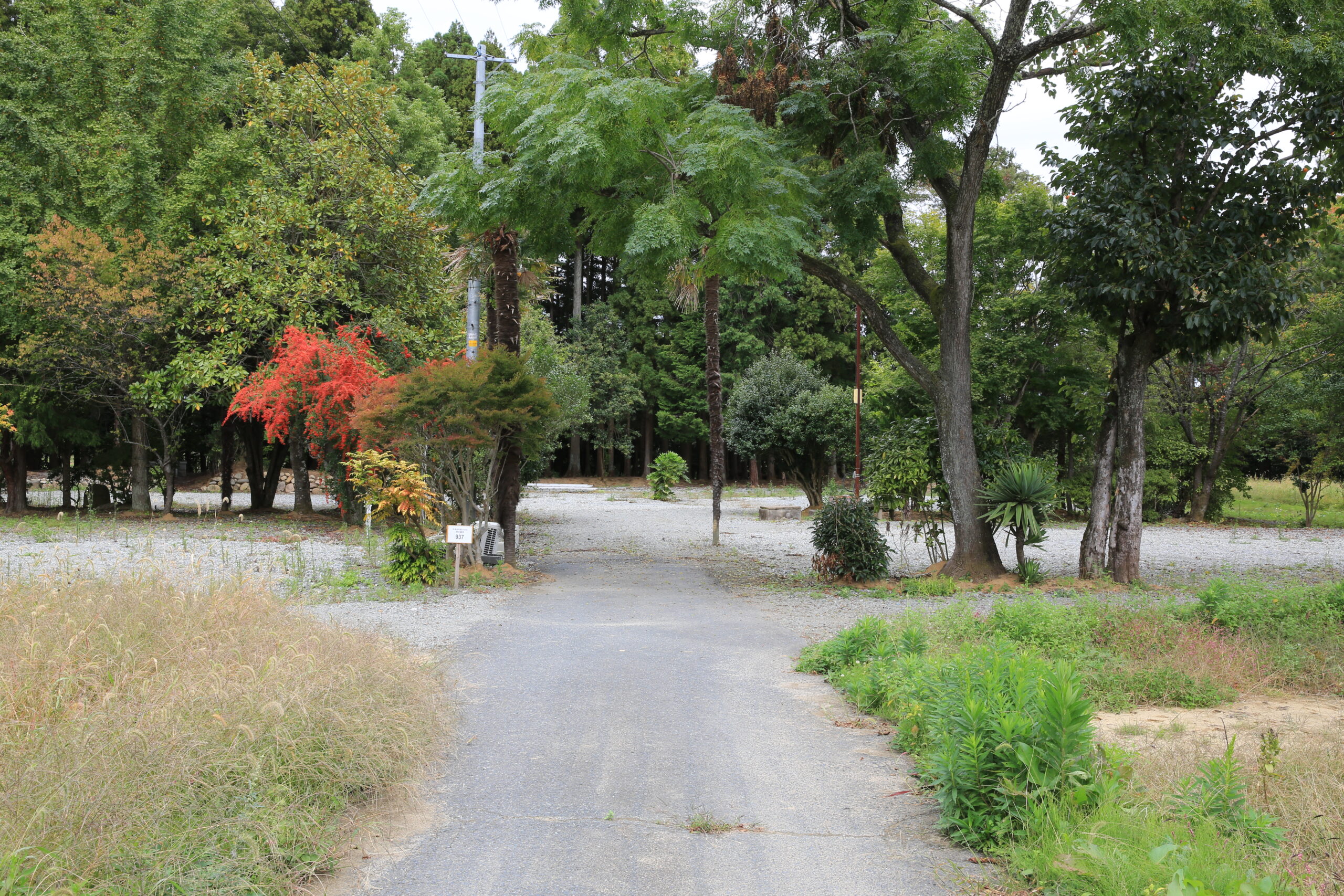
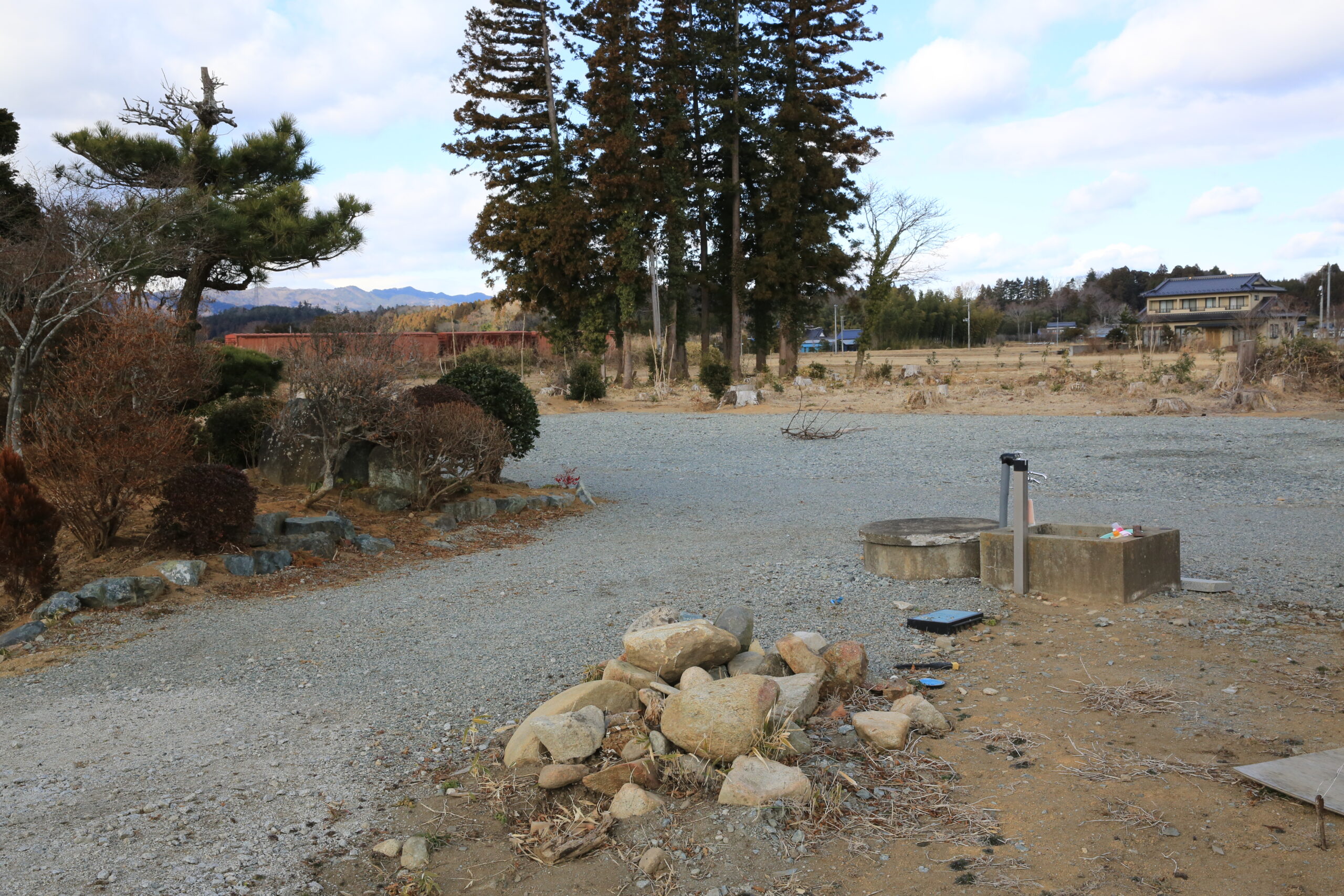
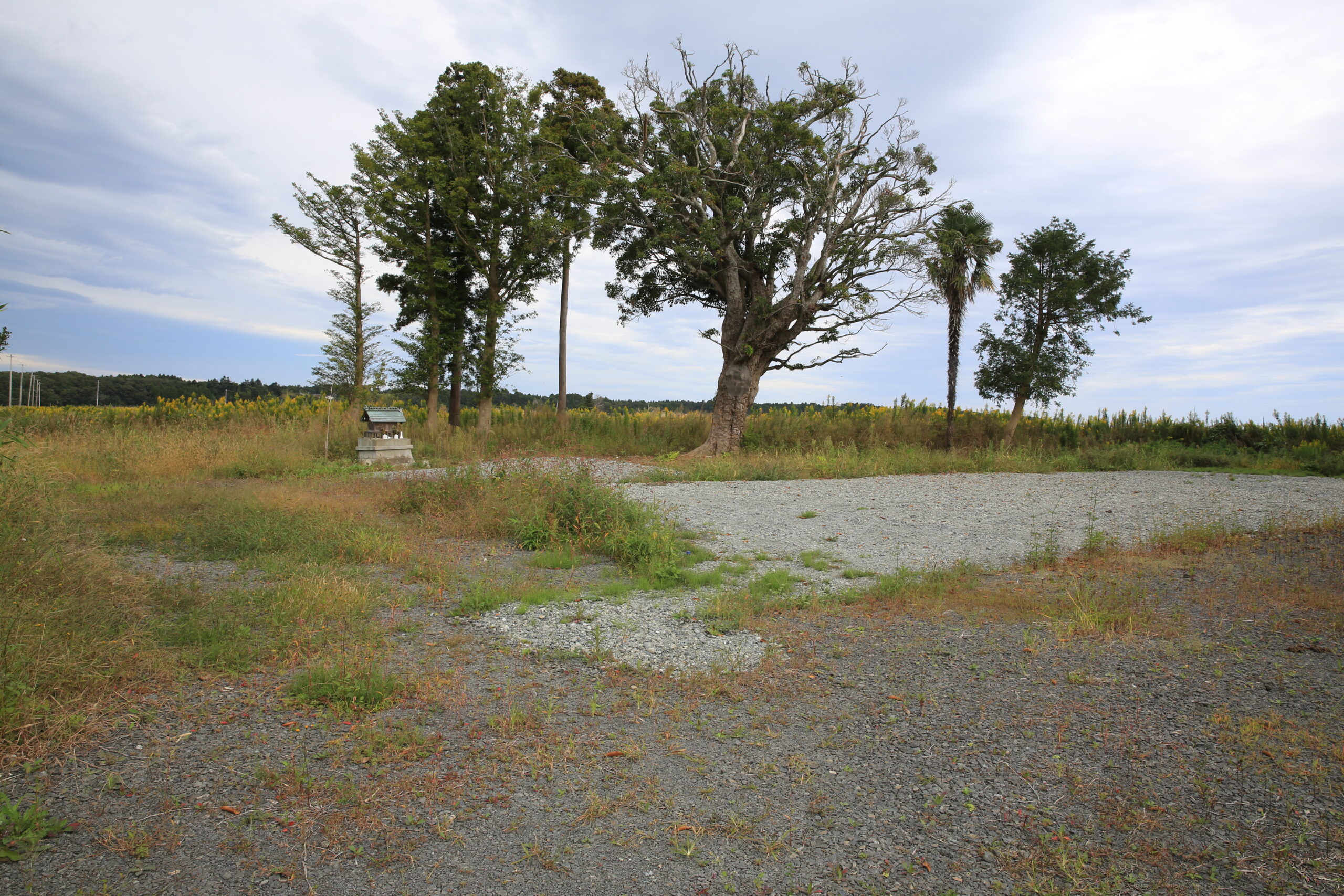
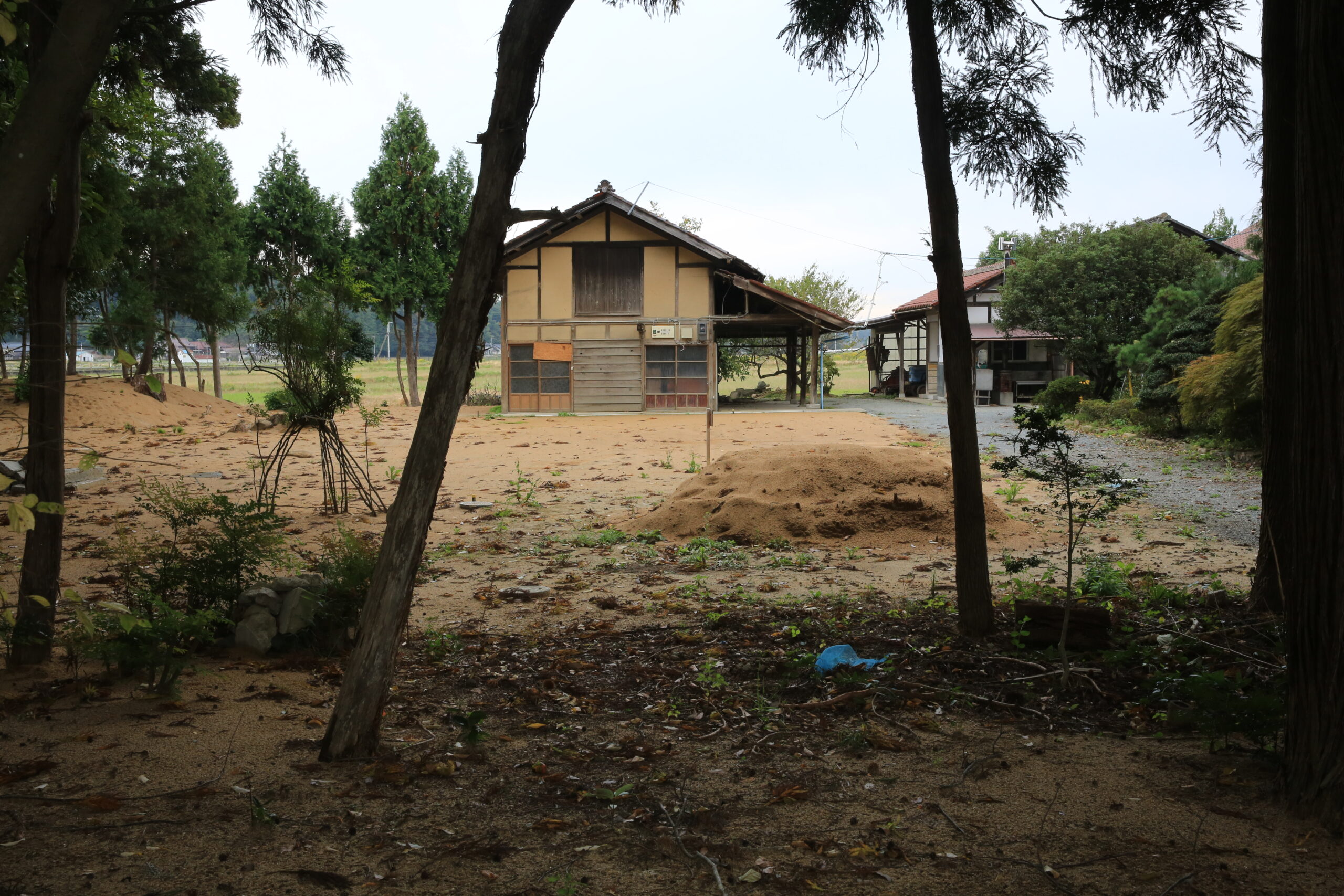
| Recorded on | 6 October, 2017 - 28 January, 2018 | |
|---|---|---|
| Recorded by | TAKAHASHI Chikao | |
| Recorded at | Namie Town, Futaba Ward, Fukushima | |
| Keywords |








